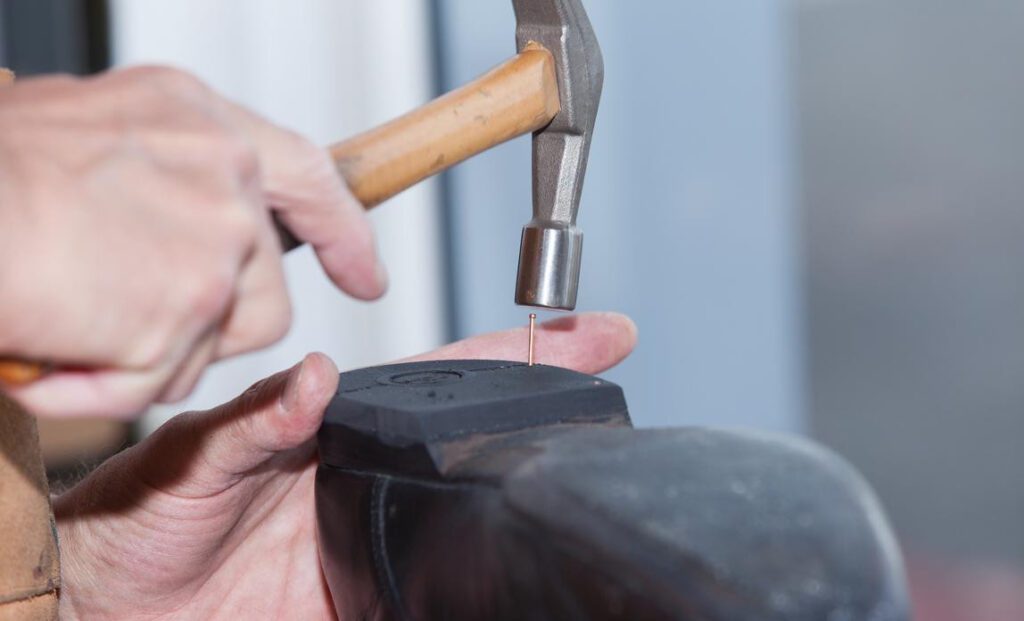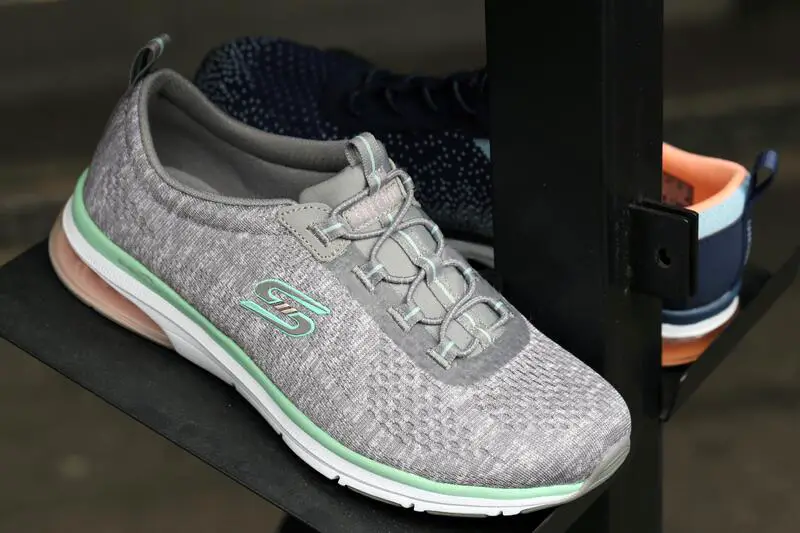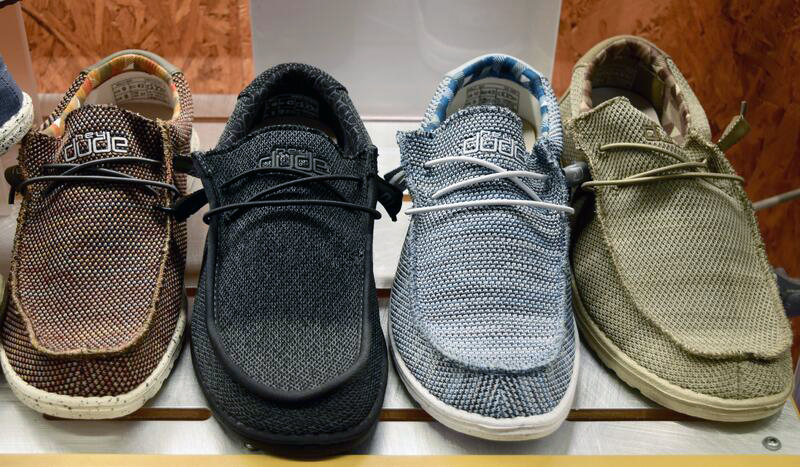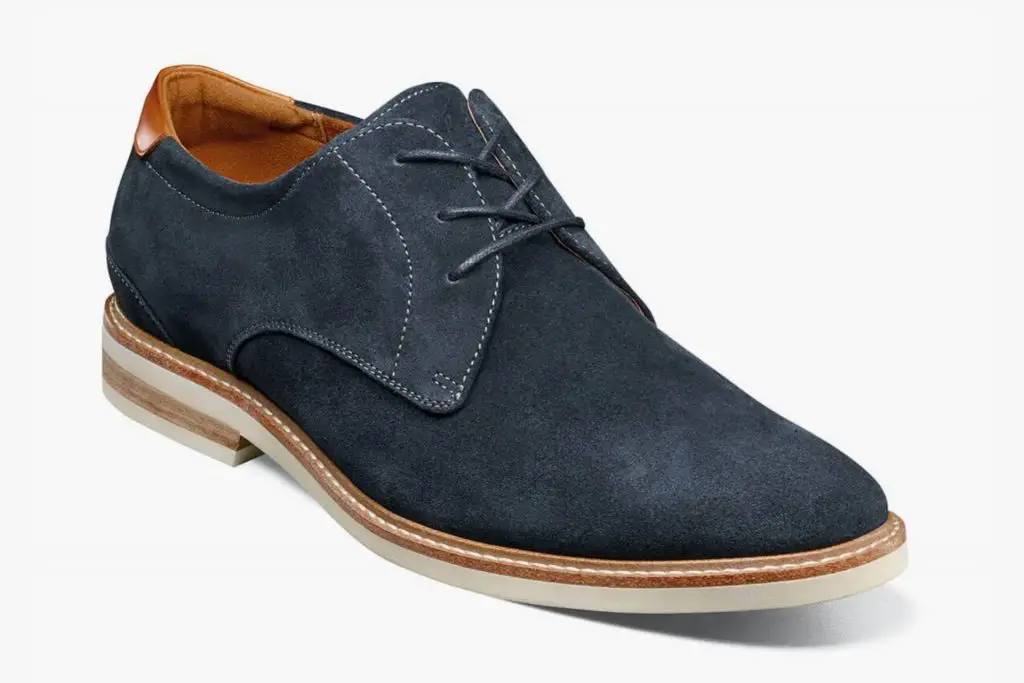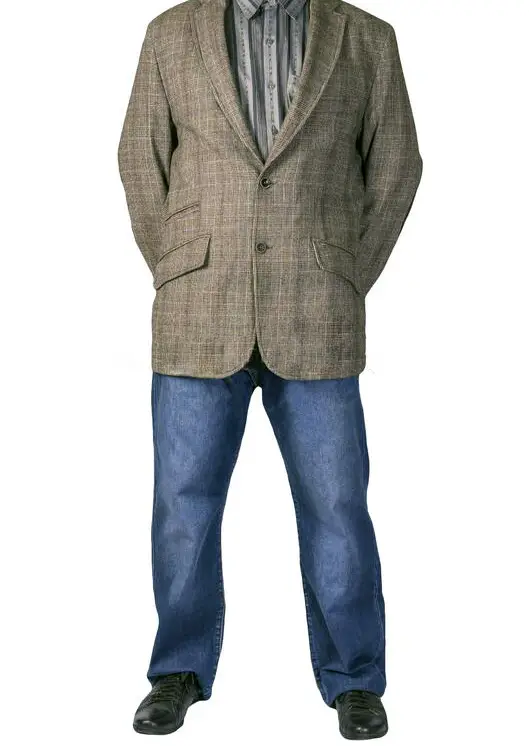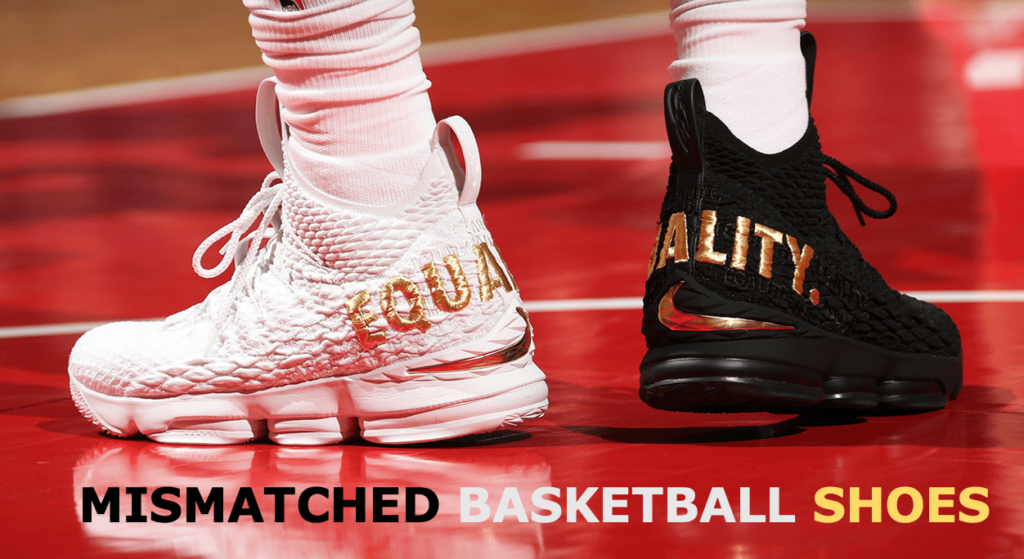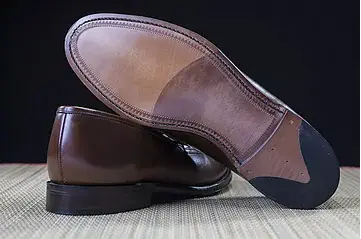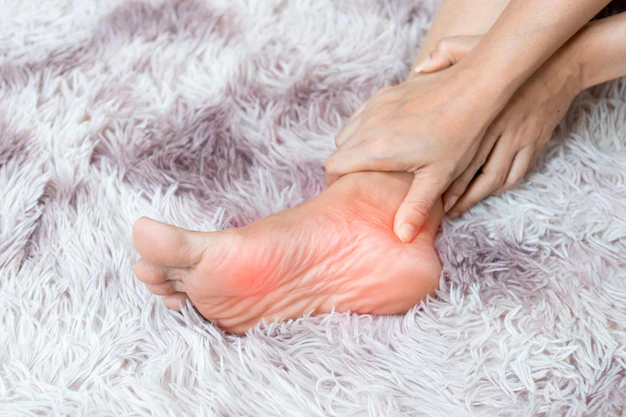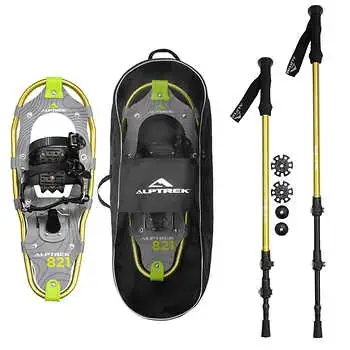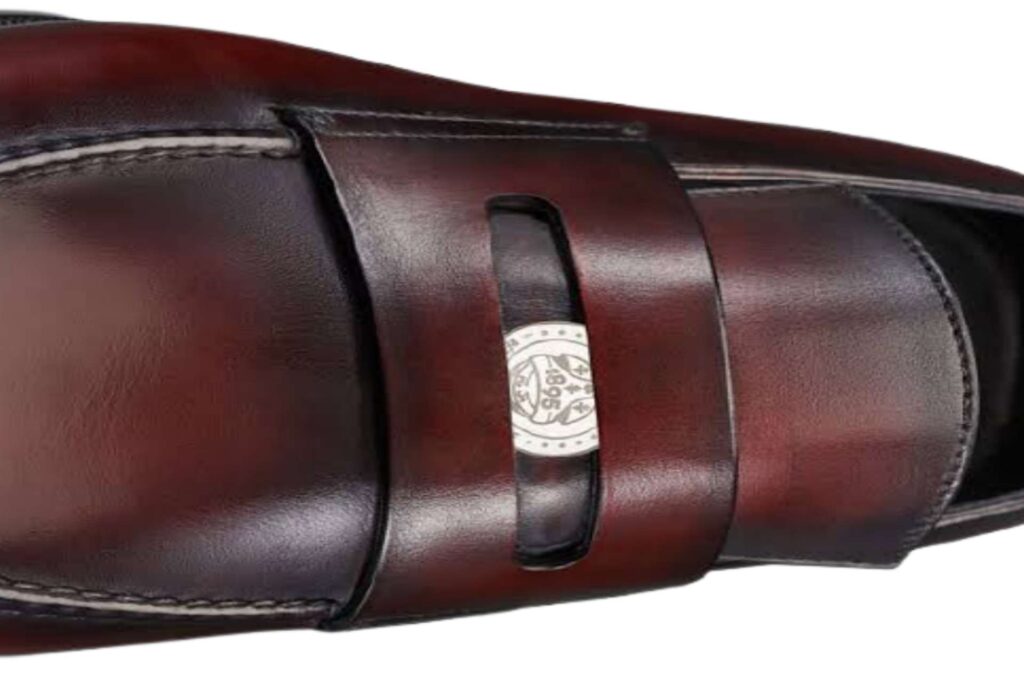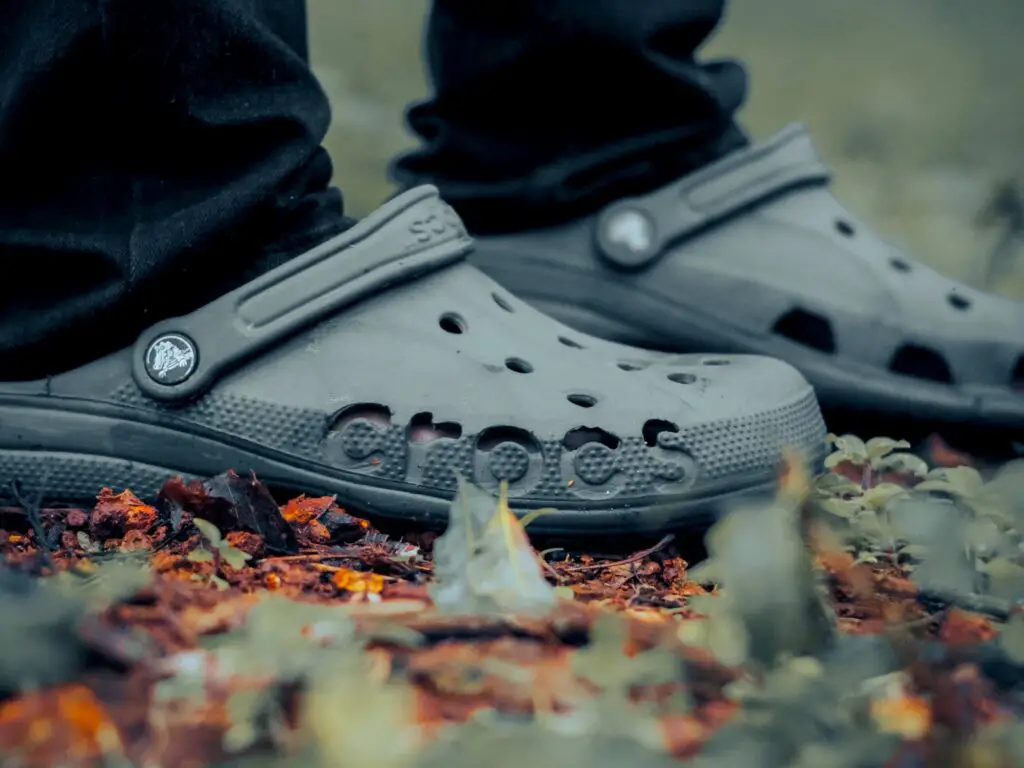Have you had a well-used, much-loved, favorite pair of shoes you had to throw out because it finally sort of fell apart?
We’ve all had that particular pair of shoes we really loved but finally had to dump simply because it didn’t cross our minds to get it repaired!
Are repairable shoes still a thing in this day and age? Do people even repair shoes nowadays? Is it even worth it to repair shoes? Let’s find out in this article.
Table of Contents
ToggleWhat Types of Damage Can Happen to Your Shoes?
Everyone damages their shoes sooner or later. One day, you’re walking down the road in your sneakers, and all of a sudden, you start hearing a weird flapping noise, and you find out that your soles have come off.
In order to understand some of the terms that will be used in this article, it is best to understand some basic shoe anatomy first.
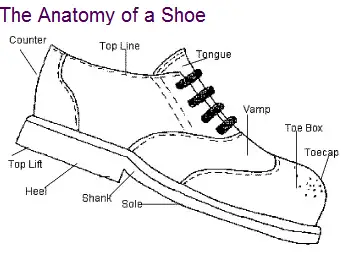
The heel is the back part of the bottom of your shoes, which is named after the bottom round end of your feet just below the ankle.
The sole (also known as “outsole”) is the rest of the bottom of your shoes which support the flat bottom part of your feet, including your midsole and the ball of your feet.
The uppers just mean the body of the shoes above the sole.
Finally, the toe box is the part that covers your toes. This should be straightforward enough.
Now that the basic anatomy is understood, let’s move on to some common problems we face with our shoes.
You probably would have encountered one of these scenarios at least once in your life.
What are some common damages that can happen to your shoes?
1. Worn-out heels
Dress shoes, or formal shoes worn by men and women alike, have the tendency to wear out, especially those pairs worn every single day to work.
More often than not, people don’t really think about replacing their heels until they come off entirely.
2. Worn-out soles
The bottom part of your shoes, the sole, may start to get more slippery than usual.
You may not even realize that they are worn-out until you have a look at it yourself one day while crossing your legs.
3. Worn-out toe box
If you walk a lot in the same pair of shoes over a long period of time, you may start to notice that the front part of your shoes are starting to crack.
Leather shoes tend to suffer less damage of this nature; jogging or gym shoes rather more. It’s an unsightly reminder to go out and get a new pair.
4. Detached heels
This happens all too often to ladies who attend social events, all decked out in their finery, paired with high, high heels. All of a sudden, you hear a snapping sound, and then one or the other heel is not so high anymore!
This is actually rather dangerous, often resulting in a badly twisted ankle. Such high heels are best avoided, but, alas, the dictates of high society tend to overshadow the safety of our ankles.
5. Floppy soles
This happens a lot to anyone who wears sneakers. The front or the back of the soles just suddenly come off one day because the glue that’s attaching the sole to the upper part of the shoes is no longer adherent.
Shoes can suffer other types of damage, but these are the most common. Some of this destruction can be repaired, and cheaply at that, but other types of damage spell the end of that particular pair. They simply can’t be repaired or are too expensive to do so.
Are All Shoes Repairable?
The simple answer is no. Not all shoes are repairable.
The longer answer is, it depends on the type of shoes and the repairs to be done.
As we mentioned earlier, there are different types of damages that can happen to a pair of shoes.
We will now talk about the different types of shoes:
1. Sneakers
Plastic soles that are commonly used in athletic footwear are usually melded to the shoe, making them less durable. If you scrutinize how many different sneaker designs are available out there, you will notice that the soles vary greatly—which means that they are not easily replaceable at all.
For sneakers with a detached sole, the best solution is a quick fix using super strong glue. Most cobblers you visit will do the same, so best to do it yourself and save some money. Do pay them a visit, though, if you suspect you’re going to glue your fingers together instead of the sole and shoe. We’ll talk about the wonders of glue in the next section.
That said, taking your favorite kicks to a cobbler is still worth a try, especially if you are not too confident with your own dexterity and repairing skills. You can at least extend their lifespan with the help of a professional, especially if they are on the pricier side.
Speaking of sneakers, we previously wrote about Skechers which are good for walking, as well as some Skechers which are good for plantar fasciitis. These might be useful if you are reading this article and suddenly feel like getting some sneakers!
2. Leather shoes
There are numerous types of leather shoes. Each have different characteristics, and the damage that can result from prolonged use differs from shoe to shoe. This, in turn, means each pair requires some skill to mend.
A visit to the cobbler is usually necessary, because they have the equipment as well as bits of leather for patching up, if needed. Be prepared to spend, as repairing leather shoes can be expensive; it does depend on the severity of the damage, though.
You might even have to get a new pair since fixes made to leather shoes can be rather obvious.
3. Boots
A boot is usually referred to as a shoe that reaches above the ankle. There are many types of boots: construction boots, cowboy boots, boots for rainy weather, etc.
Most cheap work boots aren’t worth resoling or repairing. The easiest (and most durable) boots to resole or repair are those constructed with welt stitching.
Welt stitching refers to the way the material of the boot is double-stitched together. Good quality boots are expensive and certainly worth repairing. They can be re-stitched using a welt machine or by hand.
You may be wondering, What is a welt? A welt is the piece of leather that attaches the upper part of the shoe to the sole. Welt type is a primary way to identify well-made, high-quality shoes.
Some boots are made from a mold and are one continuous piece. These generally cannot be repaired at all. They are usually cheap and, since repairing is not an option anyway, often discarded when damaged.
What Are Some Shoes That Cannot Be Repaired?
Many shoes nowadays are not made to be repaired regardless of their cost.
The shoemaking industry, like any other, produces shoes with the intention of making you buy more, not repair more. The less you buy and the more you repair, the less profit they make.
Naturally, shoes made cheaply with cheaper materials don’t last long. It is the hallmark of our society these days—the cycle of buying and discarding everything from shoes to electronics. This benefits consumers, though, since more people can afford to buy more things; However, frequently shedding unwanted articles doesn’t help the environment.
As we have discussed earlier, in some ways, many shoes can be repaired, but that does not always mean they are worth repairing as the cost of repairing may be higher than simply buying a new pair of shoes.
However, there are also certain situations where the shoes simply cannot be repaired, and an attempt to do so would only prove futile.
Replacing the soles of sneakers and casual shoes
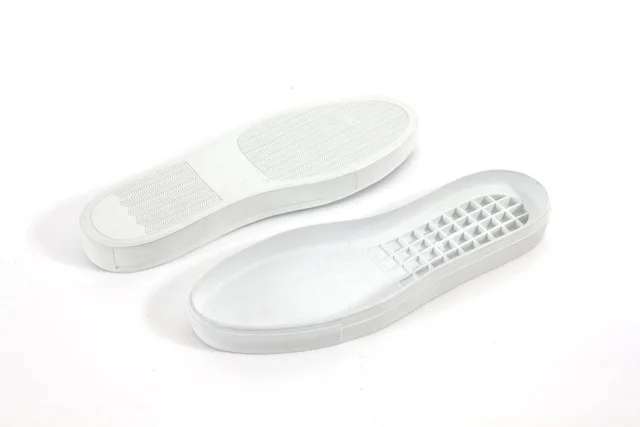
Shoes that use a cup sole usually cannot be resoled. What is a cup sole?
The rubber cup outsole is permanently attached to the leather uppers using cement. As you can imagine, trying to remove the rubber cup outsole would destroy the leather uppers, which means that replacement is impossible.
Some examples of cup sole shoes are sneakers and casual shoes. They are designed using cup soles, because they are faster, easier, and less expensive to construct compared to a Blake stitch or a Goodyear welt, which are common methods used for making men’s dress shoes.
What Are Some Repairable Shoes?
A wise man once said, “If you want to get the best results when repairing shoes, you have to buy decent shoes to begin with.”
A pair of good shoes that can be repaired and is usually made of thick leather. It will have a stacked heel and stitched leather sole.
Leather shoes can be crafted, or constructed, in a number of ways:
Blake Stitch

With a Blake Stitch, the shoe’s uppers are stitched directly to the outsoles, with the stitches visible on the insides and bottoms of the shoes.
Blake Stitch shoes can be resoled by a professional, but a cobbler will need a very specific machine called the Blake stitch machine, which makes resoling more expensive and more difficult.
We sadly conclude that a pair of shoes sewn with the Blake stitch will not put up with much repairing.
However, they are still incredibly stylish. So, if you’d like to buy a pair made with Blake stitch, we recommend you check out the Cole Haan Men’s Howland Penny Loafer on Amazon.
THE MOST REPAIRABLE SHOES – Goodyear Welt
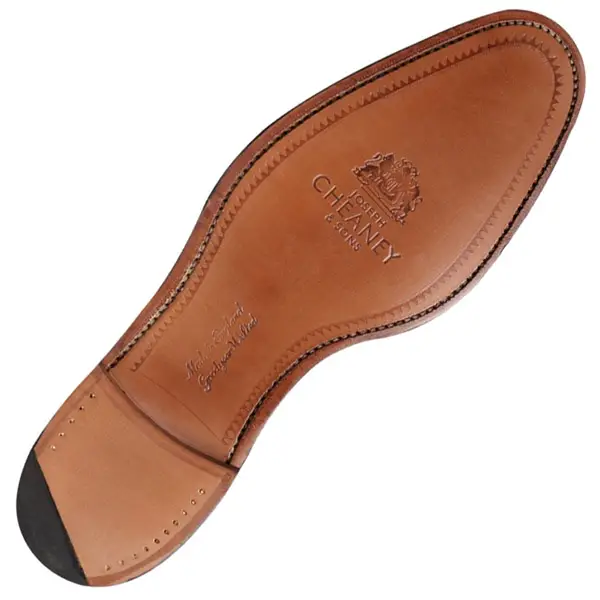
The Goodyear welt is another one of the more common methods of construction, and also one of the most durable.
With this construction, a piece of leather (the welt) is applied to the perimeter of the shoe where the outsole meets the upper and acts as a sort of outline.
Two separate stitches are then used to
i) attach the welt to the outsole; and
ii) attach the welt to the uppers and insole.
Goodyear welted shoes are easy to resole.
We therefore think that this is the best choice for those who are looking for an economical pair of repairable leather shoes.
Are Shoes Worth Repairing?
It is generally agreed by many that having shoes repaired by a cobbler is only economical if the shoes you have were very expensive to begin with. And by the word “expensive,” we mean handmade-traditional-leather-shoe expensive, and not just limited-edition-trainer expensive.
Before even considering repairing your shoes, find out how much a new similar pair would cost first. Next, head on to the nearest cobbler and get an estimate for repairing your damaged shoes. Compare the two. Don’t forget to take into account how long the repairs would last if you do choose to get your shoes repaired.
If, on the other hand, you own a well-made and expensive pair of shoes in need of repairs, there is a good chance that repairing will be cheaper than purchasing a new pair.
Should I Repair or Replace My Shoes?
There are a few factors to consider before making a decision:
1. Compare the cost of repair versus cost of replacement
Find out how much it costs to repair your shoes, then find out how much it costs to buy a new pair of shoes that you are interested in.
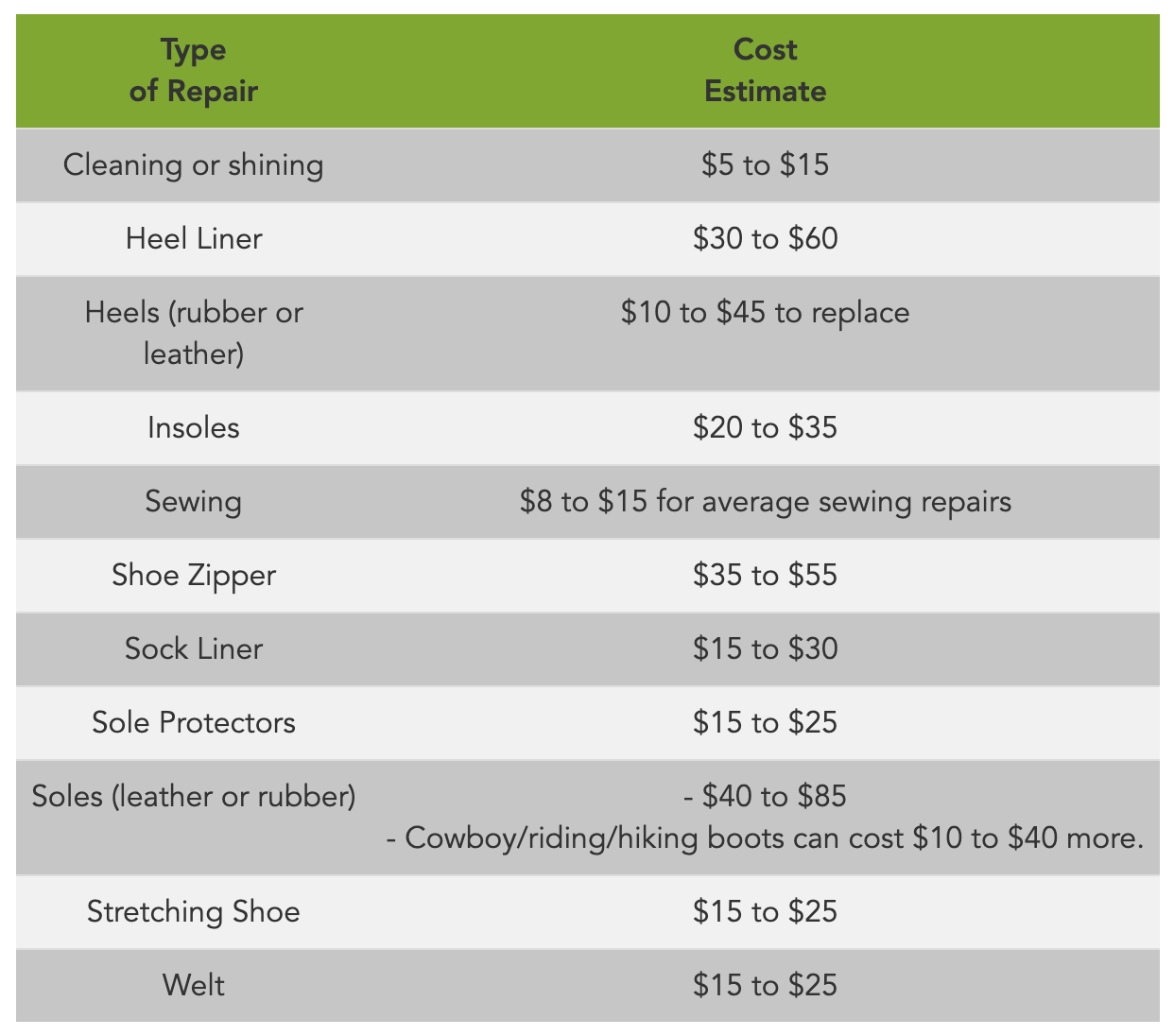
Related: How Much Should It Cost to Get Your Shoes Repaired?
Assume resoling costs $50.
Resoling a pair of shoes that cost $50 when bought brand-new doesn’t make sense; it’s best to just get a new pair.
However, resoling a pair of shoes that costs $250 does make sense. Chances are, if done well, your shoes will last for a long time too.
2. How good is your local cobbler?
It depends a lot on a cobbler’s techniques, skills, and experience. Ask them to explain how they would repair your shoes. What they tell you will let you evaluate how good they really are.
Some cobblers even have websites. Check customer reviews and ratings.
3. Which part is damaged?
If your damaged heels are Goodyear welded, then there is a good chance that it can be repaired, although it can be a tad expensive.
If your uppers are damaged instead, for example your toe box, then it is probably too expensive to fix. Go for a new pair instead.
4. Do you have repairable shoes?
The repairability of shoes varies.
Leather shoes which are Goodyear welted are highly repairable, while those that are Blake stitched are difficult to repair and are not so economical either. Welted boots too can generally be repaired.
Sneakers, though, are not worth either sending to a cobbler or getting repaired yourself (or, in some irreparable cases, just recycle or give them away).
What Is Resoling? When Should I Resole My Shoe?
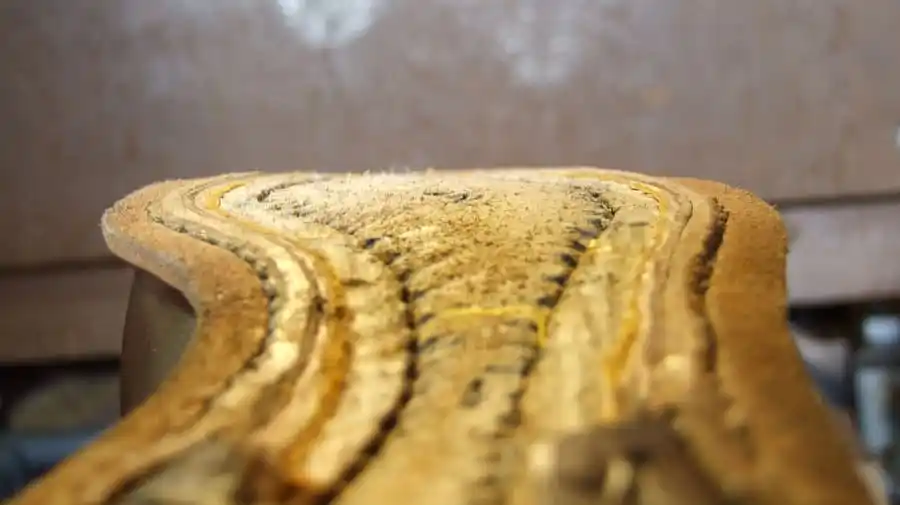
Resoling refers to having the entire outsole of your shoes replaced. This is a bit more complicated than your usual gluing of heels or soles, so a cobbler is required.
This technique can be used for shoes and boots alike.
When should you get your shoes resoled?
Here are some signs that you should get your shoes resoled:
1. Your soles are coming loose
Repairs to sneaker soles can be done yourself, but handmade leather shoes are a different cup of tea altogether. It might be a better idea to ask for a cobbler’s help.
2. Your soles have holes in them
This is an obvious sign that you need to replace your soles, and it is not something you can fix yourself.
Cheaper sneakers aren’t worth repairing, unless you want to be environmentally friendly, in which case you should repair them. Leather shoes, on the other hand, require a cobbler’s skill.
3. Less shock absorbency
You tend to feel a stronger impact when your feet strike the surface you’re walking on. This means that the elasticity (in layman’s terms, the bounciness) of your soles are no longer as good as it used to be.
This adversely affects your feet and joints. The impact from walking is now passed on to the ankles, knees, and even the hips instead of being absorbed by the shoe.
In the long run, this may lead to joint pain or discomfort, especially when walking long distances.
If you tend to have uneven wear (for example, excessive inward or outward collapse of your midfoot), this can further affect your gait, which can cause further discomfort.
4. You have more tendency to slip
When soles wear out, the tread on the sole is worn smooth. This means that there is less friction between your shoes and the ground. You are now more likely to slip on wet, soft, or uneven surfaces.
If your shoes’ soles are worn down, resoling will give them a new breath of life.
If I Have Repairable Shoes, What Repairs Can I Do By Myself?
1. Gluing floppy soles
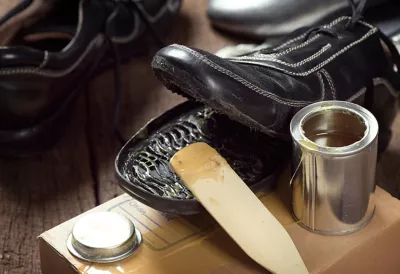
You can easily do this by yourself. All you need is a shoe repair adhesive, isopropyl alcohol, a cleaning brush, and an ice cream stick.
Here is a step-by-step guide to do this:
1. Remove dirt with a stiff brush, and clean the surface thoroughly with isopropyl alcohol.
2. Apply a shoe repair adhesive evenly on the sole for good adhesion.
3. Using either a clamp or a tape, hold the sole and the upper boot tightly together overnight to allow the glue to set in.
These guidelines can also apply to boots that are worth repairing in the first place, with detached soles.
2. Gluing detached heels
This is the same as above, but specific to the heels.
Here is a step-by-step guide to do this:
1. Clean the surface thoroughly with isopropyl alcohol.
2. Apply a shoe repair adhesive evenly on the heel for good adhesion.
3. Allow the adhesive to sit overnight for better cure.
How To Make My Shoes Last Longer?
As the saying goes, prevention is better than cure.
Don’t wait for your shoes to get damaged. Instead, here are ways to prevent damaging them. Extend the life span of shoes and boots with these simple measures.
Here are some ways to make your shoes last longer:
1. Keep your shoes in a storage box
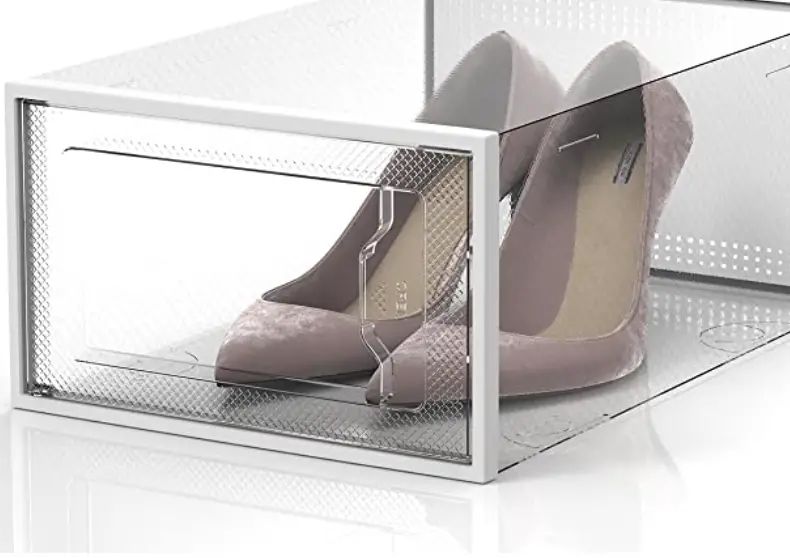
There is a reason why shoes are stored in boxes in shoe stores. It protects the shoe from sunlight, dirt, dust, and other elements that may damage them. It also keeps the shoes dry and prevents molds from growing.
2. Use a wooden shoe tree
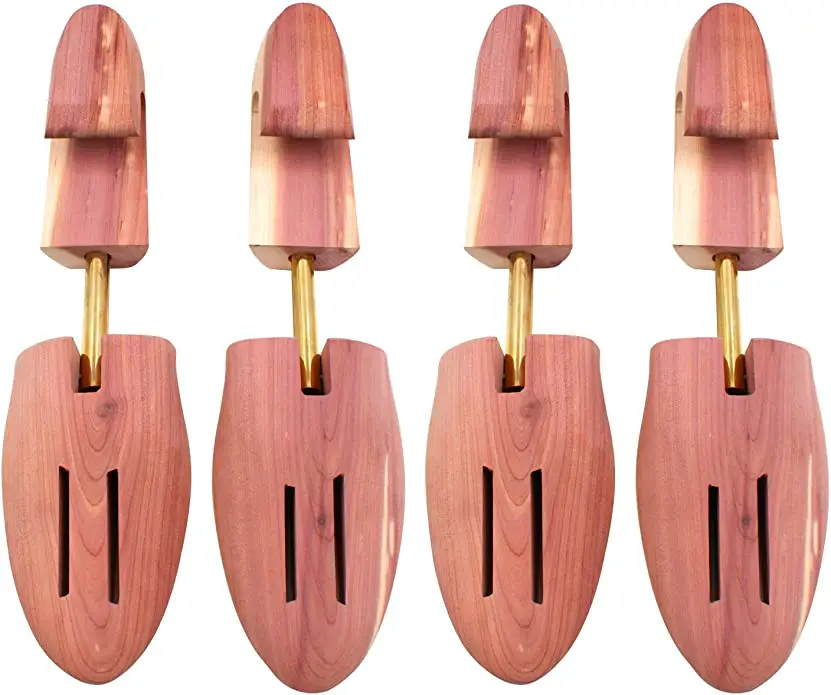
A wooden shoe tree helps your shoe keep its natural shape and prevents it from warping and cracking. Insert your shoe tree an hour or two after you have worn them.
Our survey has found a US red cedar wood-based shoe tree which is suitable for use in all types of shoes, including suede, nubuck, leather, vinyl, canvas, and fabric.
3. Spray your shoes with a water protector
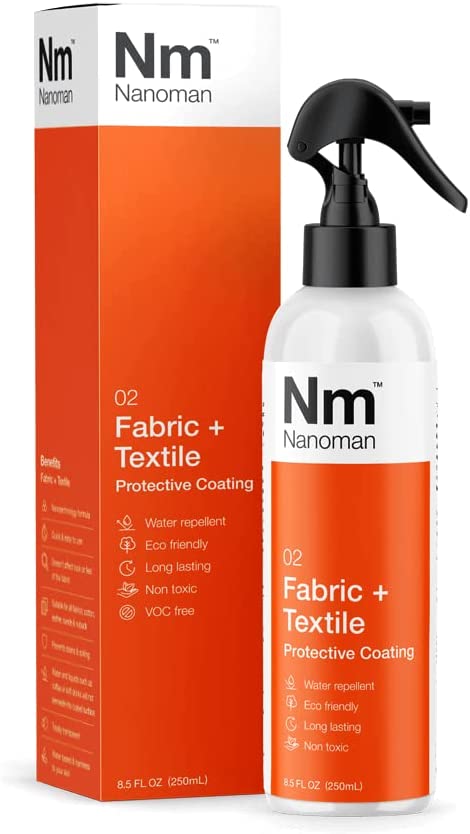
Water and humidity can damage leather and suede shoes in the long run. Simply spray a layer of water protector to protect them from rainfall or wet conditions.
We found a waterproof spray which is suitable for all types of shoes, specifically for leather.
Related: How to make shoes last longer?
How Does Shoe Waste Impact the Environment?
While it may sound more convenient to just throw away a damaged pair of shoes than to have it repaired, it is good to be conscious of our habits as consumers because these habits can impact the environment.
In many ways, our lives have been affected by the climate crisis. Little changes in the way we purchase and dispose of things can make a huge difference in the outcome for our future generations.
According to Unsustainable Magazine, a pair of sneakers generates enough carbon dioxide emissions to keep a 100-watt light bulb on for a week!
In the US alone, at least 300 million pairs of shoes are thrown away every year, almost all of them ending up in landfills.
So you see how, by simply having your shoes repaired—given that they can still be salvaged, of course—you are helping protect the environment.
What Are Sustainable Ways to Use My Old Shoes?
In the event that your shoes are no longer repairable, or if it simply is not economical to repair them, we have here some creative (and maybe some not-so-creative) suggestions that you can consider in repurposing your old shoes.
1. Recycle your old shoes
This is probably a no-brainer for anyone who has something they no longer need.
Find your local recycling authorities and check with them on whether your old shoes can be recycled. Usually, they would prefer if your shoes are made of a single material only.
2. Donate your old shoes
As long as your old shoes are not too damaged or totally unusable, it is probably a good idea to call up a nonprofit organization near you and ask if they are accepting any donations for old shoes or old clothes.
3. Make a shoe birdhouse!
Here’s a unique idea for you to consider! You can pin your shoes against a strong tree trunk and put in some bird snacks inside the shoe.
Who knows? Your new birdhouse might be the new home for a desperate bird family looking for a place to rest.
Conclusion
In conclusion, we think it’s only economical to repair your shoes if they’re expensive and high-quality in the first place, such as a pair of Goodyear welted shoes. In some cases, it’s better to just repair it yourself rather than to send it to a cobbler near you.
We would recommend you to follow our guidelines above to know when your shoes need an upgrade, and to consider multiple factors before deciding whether to repair or replace your damaged shoes.
All in all, it’s always better to prevent than to cure. If there’s one thing we’d like you to take away from this article, it would be to invest in a pair of good-quality shoes and take good care of them so you don’t need to worry about getting a new pair of kicks every few months!

